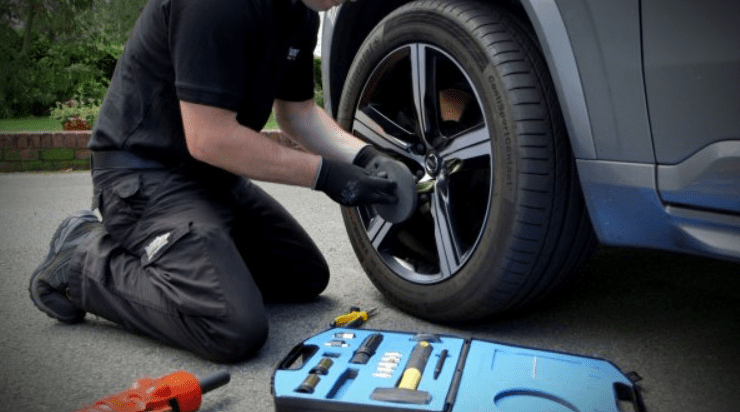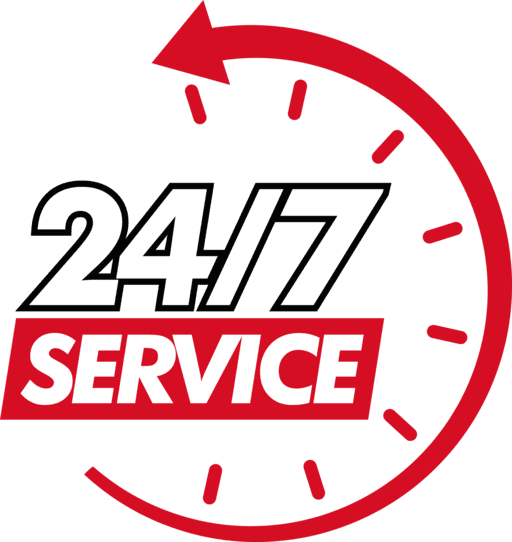When checking your tyres, here’s a thorough checklist to follow:
- Tyre Pressure:
- Use a reliable tyre pressure gauge to check the pressure.
- Compare the reading to the manufacturer’s recommended pressure (usually found on a sticker inside the driver’s door frame or in the owner’s manual).
- Adjust the pressure as needed, either inflating or deflating.
- Tread Depth:
- Use a tread depth gauge or the “penny test” (insert a penny into the tread grooves with Lincoln’s head down; if you can see the top of his head, the tread is too low).
- Minimum tread depth is generally 1.6mm (2/32 inch), but more is recommended for better safety.
- Visual Inspection:
- Check for any visible damage like cuts, cracks, or punctures.
- Look for signs of uneven wear, which can indicate alignment or suspension issues.
- Tyre Wear Patterns:
- Look for patterns like excessive wear on the edges or center, which can signal issues such as improper inflation or alignment problems.
- Tyre Sidewalls:
- Examine the sidewalls for any bulges, blisters, or cracks, which can be signs of structural damage.
- Check for Foreign Objects:
- Look for stones, nails, or other debris stuck in the tread that could cause punctures or leaks.
- Check Valve Stems:
- Ensure the valve stems are intact and not cracked or damaged. Replace any that are faulty.
- Tyre Condition:
- Ensure that all four tyres match in terms of type and size and are in good condition.
- Balance and Alignment:
- While not a direct part of a basic tyre check, make sure to have your wheels balanced and aligned periodically to prevent uneven wear and ensure safe handling.
Regularly performing these checks helps maintain tyre health and vehicle safety. If you’d like our assistance with replacing your tyres, contact us today.






